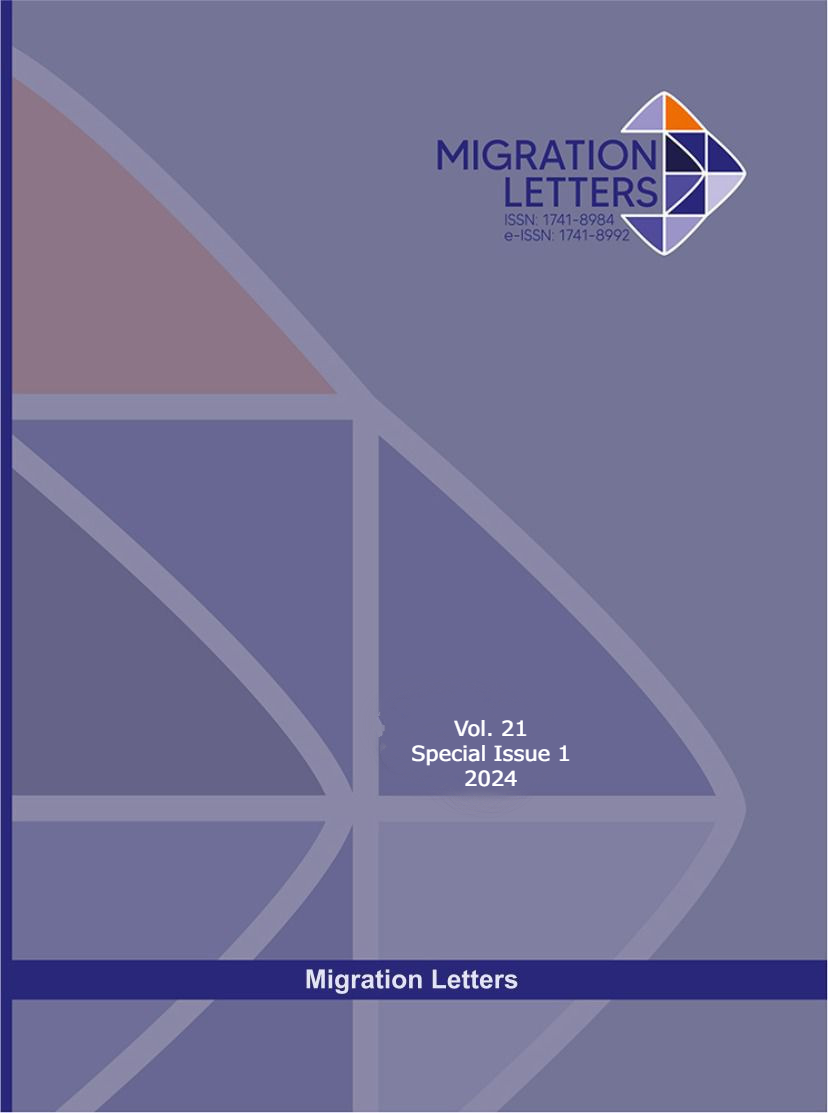Effect of Public Debt on the twin deficits using a Threshold time series model: Case Study of Jordan 1980-2020
DOI:
https://doi.org/10.59670/ml.v21iS1.6180Abstract
This study examines the Effect of Public Debt on the twin deficits using the threshold time series model of the Jordanian economy from 1980-2020. The independent variables were relied upon: private saving, production gap, economic growth, trade openness, and budget deficit. In addition to public debt as a threshold variable. The results indicated that the optimal number of model systems is six systems only, which means that there are only five thresholds. The results also showed that three threshold values are significant, but there are two values of the threshold which are not significant, but there are two values of the threshold which are not significant. The results support the Keynesian view of the strong and positive relationship between the current account balance deficit, saving, budget deficit, and trade openness in Jordan during the period 1980-2020. Work must be done to reduce the budget deficit or to enhance saving and investment, or both in Jordan, which may help reduce the current account deficit. However, it requires radical reforms in the trade and financial sectors to achieve efficient markets. To increase external competitiveness, it is necessary to put in place incentive policies for production to increase exports to take advantage of trade liberalization policies in the field of specialization in production.
Metrics
Downloads
Published
How to Cite
Issue
Section
License

This work is licensed under a Creative Commons Attribution-NonCommercial-NoDerivatives 4.0 International License.
CC Attribution-NonCommercial-NoDerivatives 4.0






